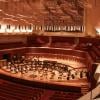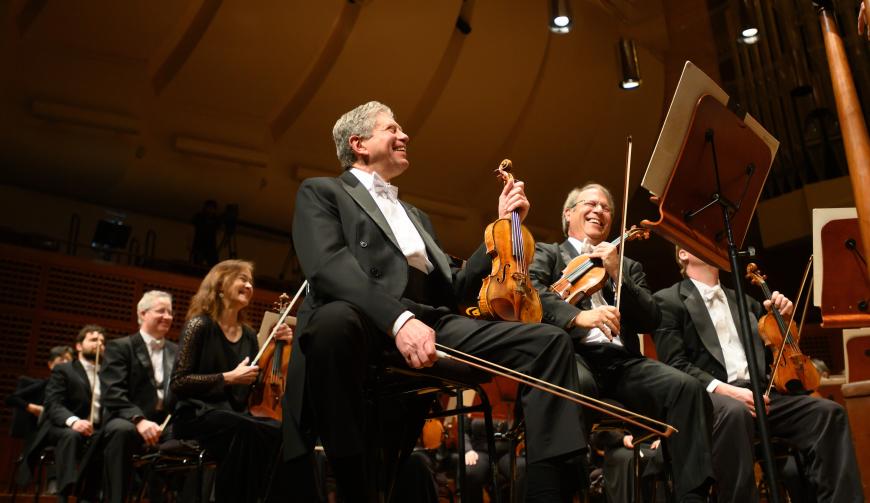
Three years ago, SF Classical Voice reported on the San Francisco Symphony’s grand plans for a European tour led by the orchestra’s departing music director, Michael Tilson Thomas.
COVID was already on its way, its importance not yet fully understood, and just two weeks later, San Francisco Mayor London Breed shut down Davies Symphony Hall (and the entire Civic Center conglomeration of performance venues) before the pandemic overwhelmed the city and the country.
And so MTT’s last season and his successor Esa-Pekka Salonen’s inaugural season — both planned on a grand scale — were canceled, giving a dissonant coda to a history of celebrated tours during MTT’s quarter century of leadership.
Besides COVID, something else in the orchestra’s recent past led to an aborted tour. A decade ago, as collective bargaining failed, the SF Symphony musicians’ strike canceled weeks of the season and an extensive European tour.
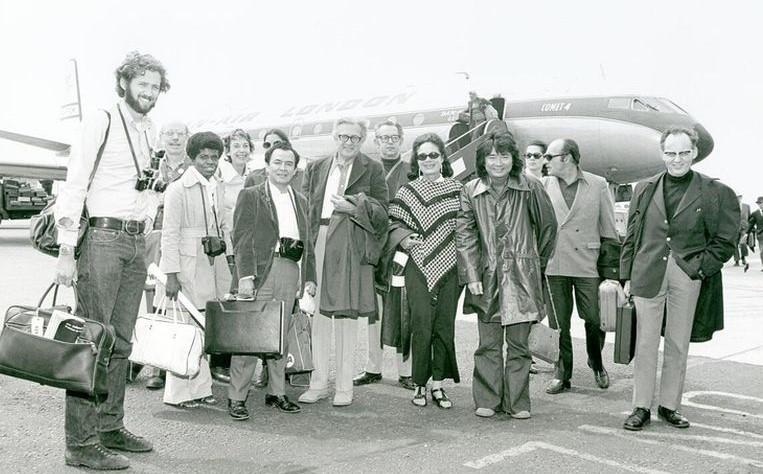
Planning and canceling tours are major headaches. Any time more than a hundred musicians and their instruments are to be transported by planes and buses on another continent for appearances in different countries each night, it’s a logistical challenge bordering on a nightmare.
So today, as COVID is receding but collective bargaining is an issue again, the SF Symphony is working on another attempt to stage Salonen’s first SFS tour, the musicians still without a contract.
Unlike previous tours that consisted of many stops à la If It’s Tuesday, This Must Be Belgium, the 2023 spring tour to Europe will consist of “extended residencies in Paris and Hamburg,” March 9–17.
Calling it a new touring model, Salonen and the orchestra are intending “to bring the full breadth of the SF Symphony’s innovative programming and educational initiatives to immersive residencies in Paris (March 9–12) and Hamburg (March 14–17) as part of a multiyear symphonic and cultural exchange” between SF Symphony and the two cities, in addition to a concert in Luxembourg.
The plan is for two concerts each in Paris and Hamburg, including works by Marcos Balter, Samuel Barber, Béla Bartók, Sergei Rachmaninoff, Jean Sibelius, Gabriella Smith, and Steven Stucky and Salonen’s own Nyx.
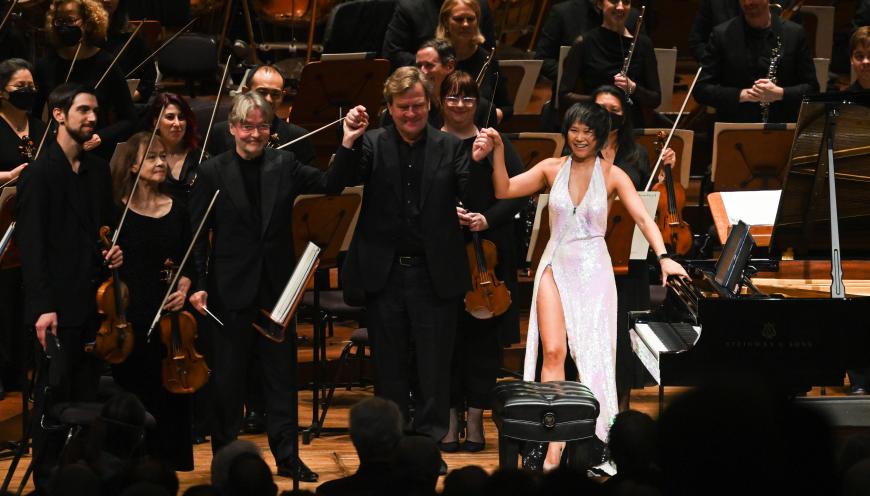
Yuja Wang joins the orchestra in all three tour cities to perform Rachmaninoff’s Piano Concerto No. 3, and violinist Johan Dalene makes his SF Symphony debut as the soloist in Samuel Barber’s Violin Concerto in Paris and Hamburg.
Also planning to participate in the tour are two of the Symphony’s eight collaborative partners: flutist Claire Chase and composer Nico Muhly.
In Paris on March 12, Chase will be joined by members of the SF Symphony for Marcos Balter’s Pan, a “musical drama” for solo flute, live electronics, and an ensemble of community musicians.
Chase commissioned Pan as a part of Density 2036, a 24-year project that she created in 2013 to commission a new body of repertory for solo flute each year until the 100th anniversary of Edgard Varèse’s groundbreaking 1936 flute solo Density 21.5.
Muhly will join Salonen, Yuja, and the orchestra for performances of his SoundBox program “Codes” in Paris and Hamburg.
In Luxembourg — which is a usual stopover between the flight from San Francisco and the bus trip to other cities — the SF Symphony will perform Smith’s Tumblebird Contrails, the Rachmaninoff concerto with Yuja, and Bartók’s Concerto for Orchestra on March 13.
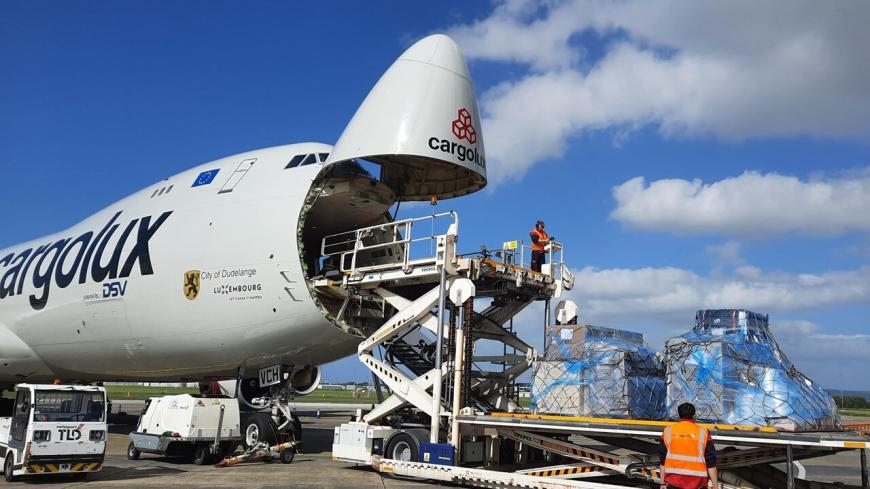
SFCV learned long ago “why Luxembourg,” some of which may still be true:
The enormous task of moving a working tour party of 132, including 117 musicians, their instruments, and wardrobe trunks, begins outside Davies Hall.
Even more complicated than flying the musicians to the site of their first concert is moving the cargo. The schedule calls for packing everything after the last concert here, then trucking it all to Los Angeles, the load there to be “palletized” and flown to Luxembourg.
Why not fly people and cargo together? Your inquiring reporter has learned that not every European airport has huge cargo areas in addition to passenger arrivals. The big cargo airport is in Luxembourg, where items are transported by Cargolux. Everything clears the customs there and then gets loaded onto trucks for the next stop.


